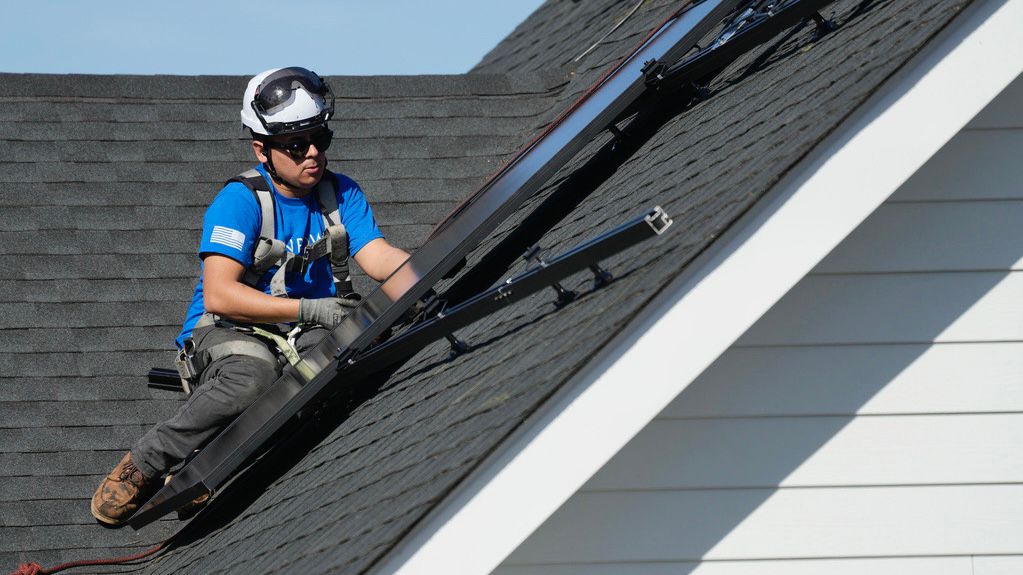A pair of North American solar companies are joining forces to take advantage of a new federal clean energy subsidy.
On Wednesday, the Georgia-based silicon solar cell maker Suniva announced it is partnering with Canada-based photovoltaic solar module provider Heliene to sell American-made solar panels starting later this year. The panels will be made at Heliene’s factory in Mountain Iron, Minn.
The 2022 Inflation Reduction Act qualifies the companies for a10% domestic content bonus investment tax credit as part of its goal to bring green technology manufacturing back to the United States. China currently makes about 80% of the solar panels used globally, while the U.S. makes about 2%.
Suniva is the country’s largest and oldest U.S. maker of monocrystalline silicon solar cells, which are smaller, more energy efficient and longer lasting than other types of cells but also more expensive to manufacture.
“This contract is a testament to the effectiveness of the Inflation Reduction Act,” Suniva CEO Cristiano Amoruso said in a statement. “We are proud to fulfill our longstanding promise to bring back cell manufacturing to the United States.”
The partnership announcement comes as Treasury Secretary Janet Yellen is scheduled to visit Suniva’s facility in Norcross, Ga., on Wednesday. The U.S. lost about 20% of its solar manufacturing jobs from 2016-2020, according to the Treasury Department.
Despite the loss in U.S. solar manufacturing, the country added more solar energy to the grid than ever before in 2023, according to a report from the Solar Energy Industries Assn. released earlier this month. The amount of new electricity-generating capacity from solar increased 51% compared with 2022 and marked the first time that a renewable electricity source made up more than 50% of capacity additions in a single year.



